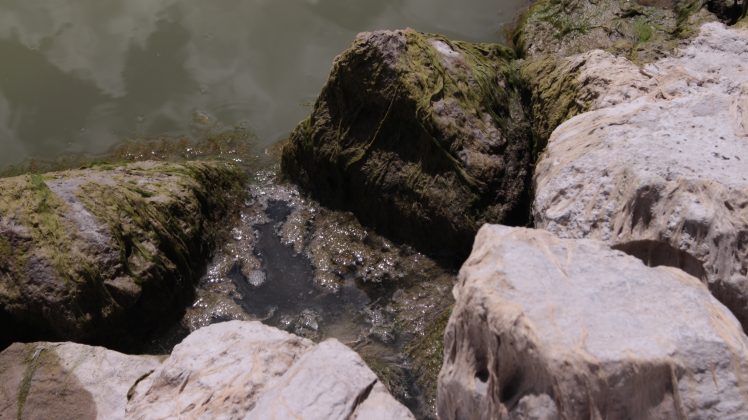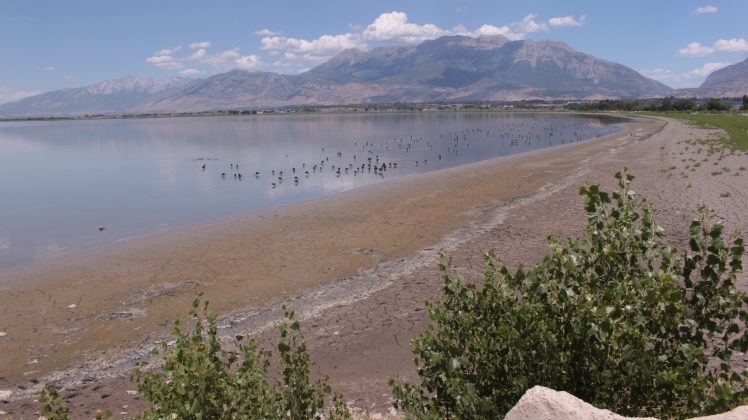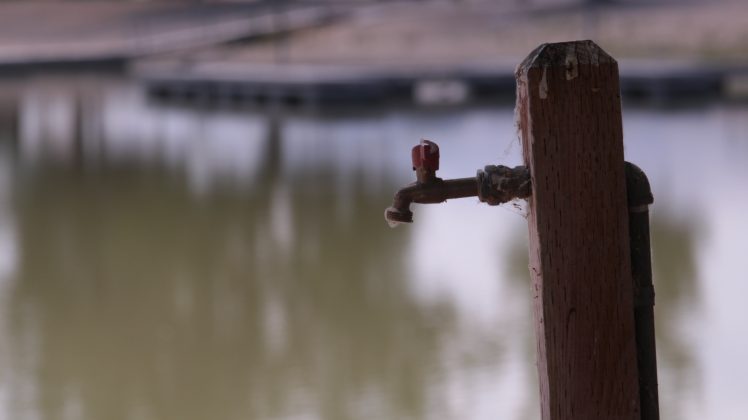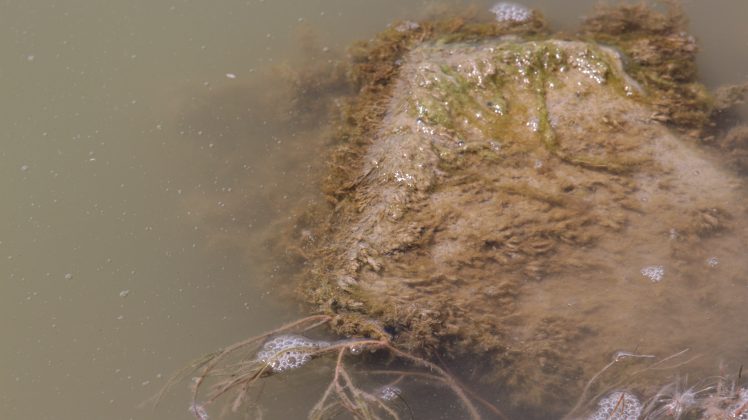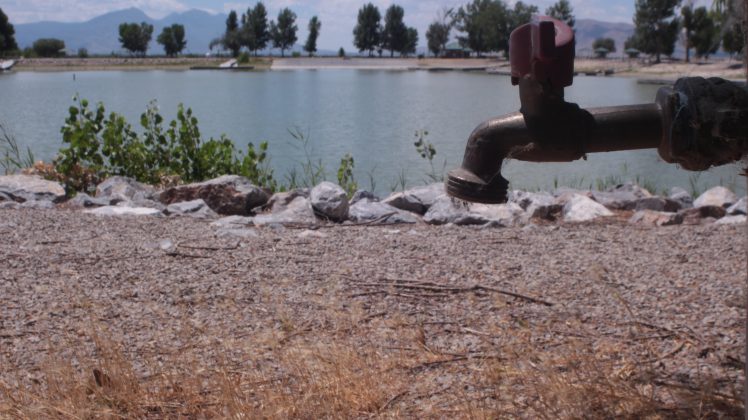SALT LAKE CITY, Utah, Sept. 19, 2016 (Gephardt Daily) — Toxin levels in Utah Lake are on the decline, according to public health officials.
The Utah Department of Environmental Quality said in a news release Monday that samples collected at Utah Lake and the Jordan River on Sept. 6 and Sept. 13 showed decreasing cell counts and lowered toxin levels.
All samples were less than 3,000 cells per milliliter, far below the 20,000 cells per milliliter threshold on Utah Lake and Jordan River outlets.
Screening-level toxin test strip results at the three Utah Lake sampling locations did not detect cyanotoxins.
Health officials closed Utah Lake after an algal bloom was noticed in July. The lake was closed for almost two weeks because of concentrations of algal cells in the water three times the threshold considered an acute health risk by the World Health Organization.
Public health officials re-opened the lake for swimming and other water activities in areas that had no lake scum in early August.
The change was made in response to continued dissipation of dangerous blue-green algae at most locations in Utah Lake, the Jordan River and associated canals.
Symptoms of cyanotoxin poisoning include headache, fever, diarrhea, abdominal pain, nausea and vomiting, and sometimes allergic-like reactions from the skin.
To sign up for notifications about the Utah Lake algal bloom updates, go to alerts.utahcounty.gov, create an account, select contact methods, create a profile, select a location, then choose alert subscription ‘Utah Lake’ under ‘Utah County Alerts.’
For updates, visit: http://deq.utah.gov/locations/U/utahlake/algal-bloom.htm



